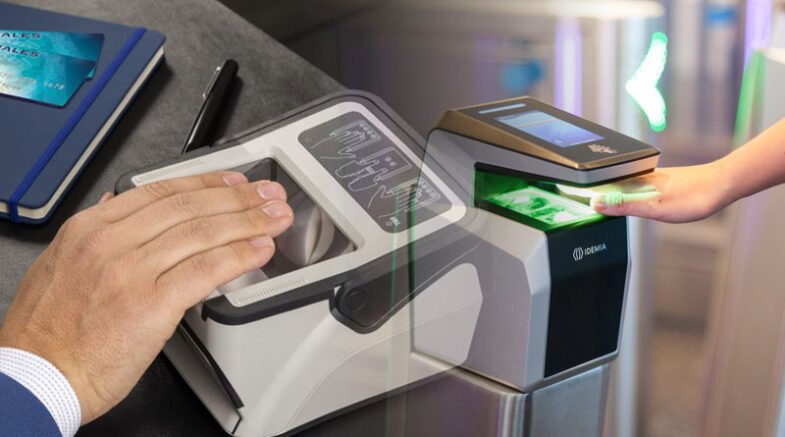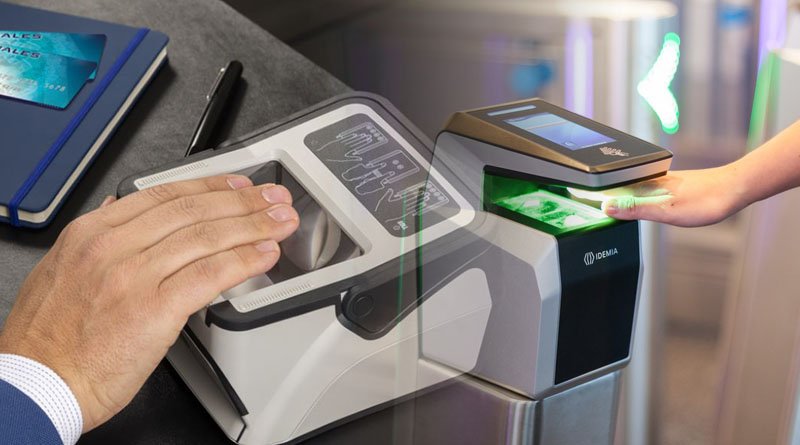In order to prevent spoofing, telecoms in Pakistan started using the multi-finger biometric verification system for SIM registration last November.

As Pakistan works to achieve the UN Sustainable Development Goals and its own “Vision 2025” policy, a memorandum of understanding between the Pakistan Telecommunication Authority (PTA) and the National Database and Registration Authority (NADRA) has established a collaboration on digital ID and multi finger biometrics.
According to a PTA announcement, the collaboration will focus on work on digital identity, a multi-finger biometrics system, and fraud detection and prevention capabilities. According to the MoU, the organisations will collaborate to develop a mechanism for coordinating their work, as well as knowledge sharing and joint training sessions on pertinent problems and technologies.
At a signing ceremony held at PTA Headquarters in Islamabad, Tariq Malik, the chairman of National Database and Registration Authority (NADRA), stressed the significance of the partnership.
In order to prevent spoofing, telecoms in Pakistan started using the multi-finger biometric verification system for SIM registration last November. The system will randomly select two of the registrant’s fingers for biometric verification.
A “physiological” biometric indicator is a particular physical pattern on a person’s body, and fingerprints are the most popular biometric indicator in use today.
In addition to being a physiological biometric, a scan of the same person’s face, or face recognition, can be segmented to reveal other physiological biometric sensors, such as ear shape, eye width, nose shape and length, hair type, and others.
One of the most widely used techniques for personal identification is fingerprint verification. The advantage of the fingerprint verification system is that it is much more trustworthy than other types of personal identification based on signature, face, and speech.
A number of fingers are used in the fingerprint verification system, which is more effective and reliable than using just one finger. Multiple impressions of the same finger and the use of different fingers can both increase accuracy.
